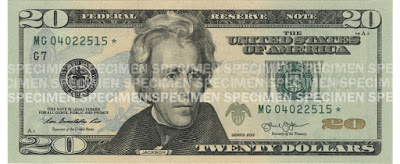There’s an old joke that has two economists coming across a $20 bill on the sidewalk, which goes:
The young economist looks down and sees a $20 bill on the street and says, “Hey, look a twenty-dollar bill!”
Without even looking, his older and wiser colleague replies, “Nonsense. If there had been a twenty-dollar lying on the street, someone would have already picked it up by now.”
The joke is really about the efficient market hypothesis (EMH), which holds that:
… it is impossible to “beat the market” because stock market efficiency causes existing share prices to always incorporate and reflect all relevant information. According to the EMH, stocks always trade at their fair value on stock exchanges, making it impossible for investors to either purchase undervalued stocks or sell stocks for inflated prices. As such, it should be impossible to outperform the overall market through expert stock selection or market timing, and the only way an investor can possibly obtain higher returns is by purchasing riskier investments.
We can see where that’s often true, but is the market always that efficient?

To quote the master: “In theory, there is no difference between theory and practice. In practice there is.”
We think we have an example of that today, with an example that involves the S&P 500 quarterly dividend futures that are quoted by the CME Group. Because we track dividend futures closely, we couldn’t help but notice that they really haven’t moved since 15 December 2017, which happened to be the expiration date for 2017-Q4’s dividend futures contracts. At that time, the following values for the amount of quarterly dividends per share expected to be paid out to S&P 500 shareholders by the end each of the indicated quarters were recorded:














Leave A Comment